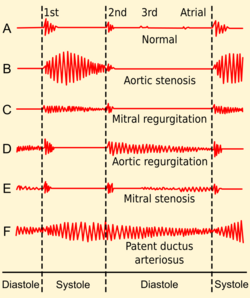| Display title | Medicine:Shunt (medical) |
| Default sort key | Shunt (Medical) |
| Page length (in bytes) | 5,853 |
| Namespace ID | 3048 |
| Namespace | Medicine |
| Page ID | 875276 |
| Page content language | en - English |
| Page content model | wikitext |
| Indexing by robots | Allowed |
| Number of redirects to this page | 0 |
| Counted as a content page | Yes |
| Page image |  |
| HandWiki item ID | None |
| Edit | Allow all users (infinite) |
| Move | Allow all users (infinite) |
| Page creator | imported>WikiEd2 |
| Date of page creation | 23:51, 4 February 2024 |
| Latest editor | imported>WikiEd2 |
| Date of latest edit | 23:51, 4 February 2024 |
| Total number of edits | 1 |
| Recent number of edits (within past 90 days) | 0 |
| Recent number of distinct authors | 0 |
Description | Content |
Article description: (description)
This attribute controls the content of the description and og:description elements. | In medicine, a shunt is a hole or a small passage that moves, or allows movement of, fluid from one part of the body to another. The term may describe either congenital or acquired shunts; acquired shunts (sometimes referred to as iatrogenic shunts) may be either biological or mechanical. |

